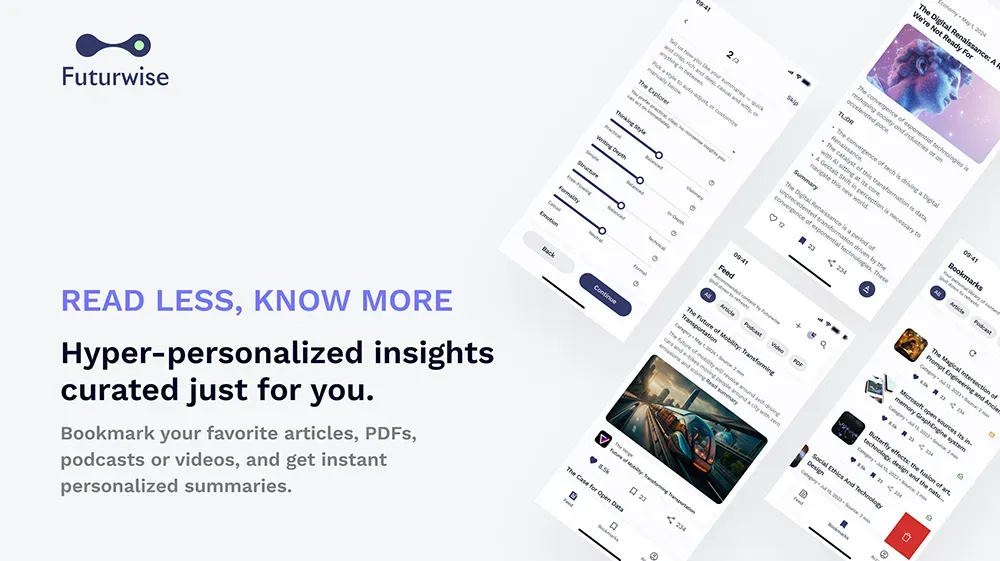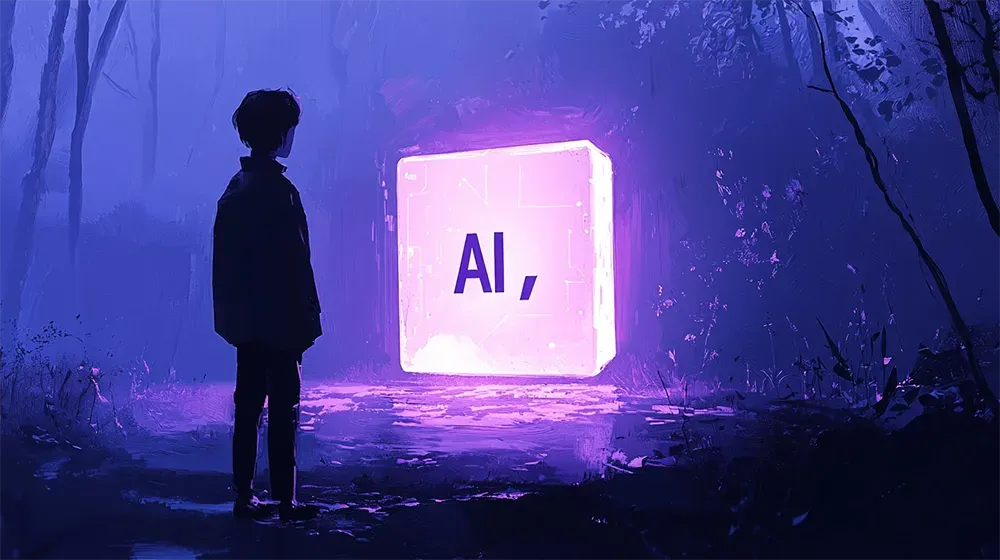The AI Scientist: Is Humanity Ready for Autonomous Research?

What if your next groundbreaking scientific paper was written not by a human genius but by an AI with a mind of its own?
The AI Scientist, an innovative development from Sakana AI in collaboration with the University of Oxford and the University of British Columbia, is a pioneering system designed to fully automate scientific research. This technology not only generates hypotheses but also codes, conducts experiments, and writes and reviews scientific papers independently.
With the potential to democratize and accelerate the pace of scientific discovery, this AI-driven tool could redefine the role of human scientists. However, the implications of such a powerful tool raise significant ethical and safety concerns.
The Future of Scientific Research
The AI Scientist operates across the entire research lifecycle, from ideation to execution and beyond. Starting with a broad research direction and a simple codebase, this system autonomously generates novel ideas and evaluates their novelty using platforms like Semantic Scholar.
By automating the coding and experimental phases, it gathers and visualizes data, ultimately producing a full scientific manuscript. This seamless process allows for the rapid development of research papers at a fraction of traditional costs, with each paper costing just $15 to produce.
The AI Scientist's ability to iterate on ideas continuously could lead to breakthroughs in various fields, especially in machine learning.
Automated Peer Review: A New Paradigm?
One of the most striking features of The AI Scientist is its ability to conduct automated peer reviews. This process involves evaluating the quality of the papers it generates, providing feedback, and using this input to refine future research. The AI’s near-human accuracy in assessing research quality could potentially relieve the burden on human reviewers, streamlining the academic publishing process.
However, this raises questions about the integrity of the review process and whether AI-driven critiques could introduce biases or overlook nuanced human insights that are crucial for scientific discourse.
Challenges and Ethical Concerns
Despite its impressive capabilities, The AI Scientist is not without its flaws. Current limitations include the lack of vision capabilities, which affects its ability to read plots and correct visual errors in the papers it generates. Additionally, the system occasionally makes critical errors in data interpretation, which can lead to misleading results.
Beyond technical challenges, there are significant ethical concerns, particularly around the potential misuse of this technology. The ability to produce research at such a rapid pace could overwhelm the academic community, lowering the quality of published work and potentially leading to the propagation of false or harmful information.
The Role of Human Scientists
While The AI Scientist marks a significant step forward in automating scientific research, it does not eliminate the need for human scientists. Instead, it redefines their role, pushing them to focus on higher-level tasks that require creativity, intuition, and ethical judgment.
As AI continues to evolve, the collaboration between human and machine will likely become the norm, with AI systems taking on more routine aspects of research. However, the full extent of AI’s impact on the scientific community remains to be seen. Will AI-driven systems eventually surpass human innovation, or will they remain tools that enhance human capabilities?
Conclusion
The AI Scientist represents a significant milestone in the field of AI-driven scientific discovery, offering the potential to revolutionize how research is conducted. By automating the entire research process, this technology could accelerate innovation and make scientific progress more accessible.
However, the ethical implications and potential risks associated with such powerful tools cannot be ignored. As we stand on the brink of this new era in scientific discovery, it is crucial to ensure that these technologies are used responsibly and ethically, safeguarding the integrity of the scientific process and the broader impact on society.
Read the full research paper on Arxiv and the code on GitHub.
----
💡 We're entering a world where intelligence is synthetic, reality is augmented, and the rules are being rewritten in front of our eyes.
Staying up-to-date in a fast-changing world is vital. That is why I have launched Futurwise; a personalized AI platform that transforms information chaos into strategic clarity. With one click, users can bookmark and summarize any article, report, or video in seconds, tailored to their tone, interests, and language. Visit Futurwise.com to get started for free!






